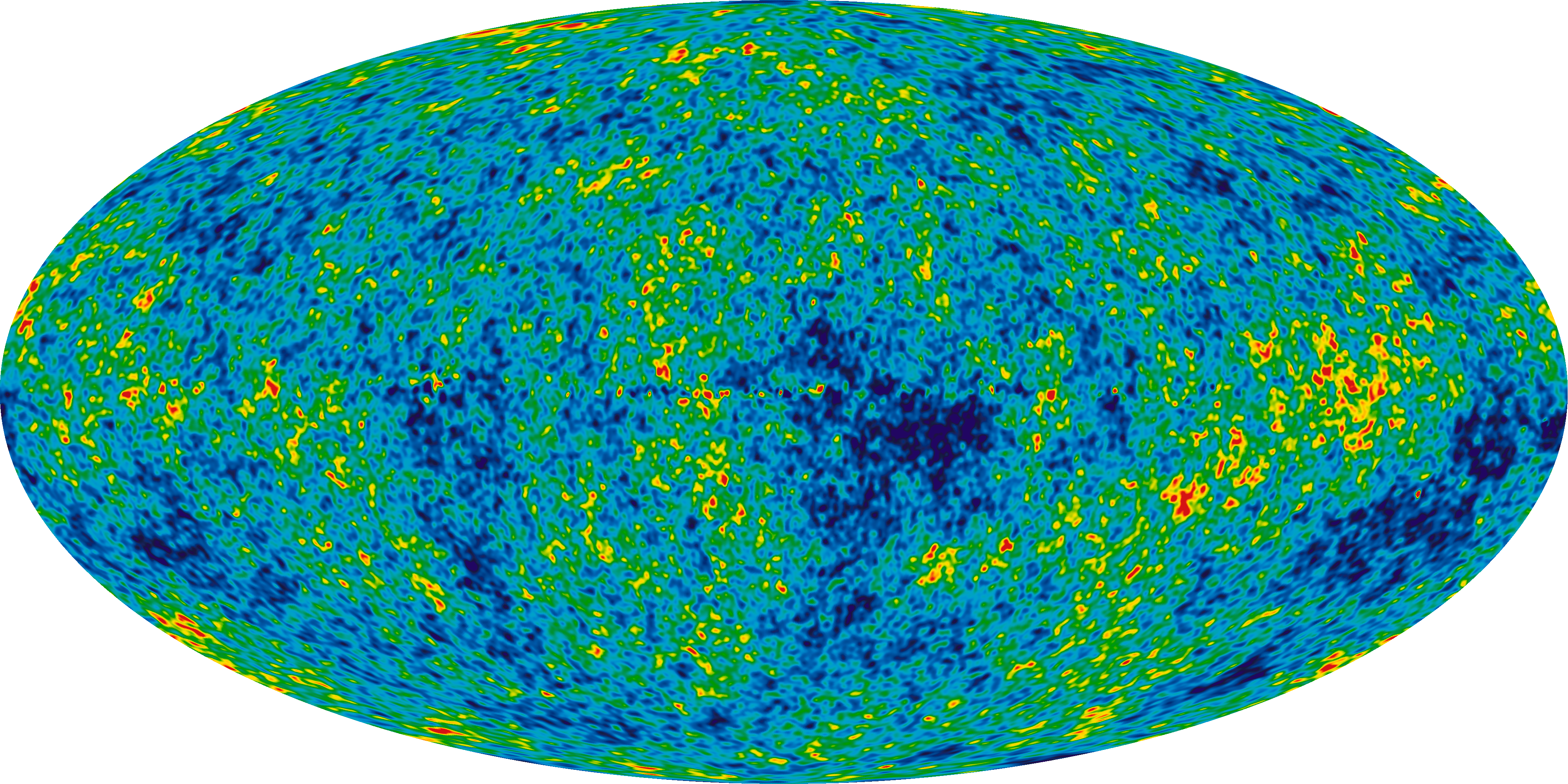Experimental and Theoretical Analysis of Quantum Computing
In a student research club, we explain elemental concepts of quantum computing with theory and experiments. For it, we demonstrate multiple fundamental quantum gates. These quantum gates result in a valuable universal set. By using this set, we derive two known algorithms showing quantum supremacy. Moreover, we present and discuss an opportunity to multiply the calculation speed of quantum computing
This article has been submitted to the conference proceedings Didaktik B of the German Physical Society for the spring conference 2024 and is expected to be published at the end of the year.
On Phase Transitions in the Early Universe
The continuous expansion of space since the Big Bang has been a great discovery of mankind. However, that continuous expansion is incomplete, as it fails to describe the physics at very high density and high energy of radiation quanta. In this paper, we provide a solution of that incompleteness problem by developing and analyzing a droplet model: Droplets of a dimension form and grow, as soon as the density falls below a corresponding critical density. At that dimensional phase transition, the light horizon increases in an extremely rapid manner. As a consequence, the horizon problem is solved.
This article was published in the conference proceedings Didaktik B of the German Physical Society for the spring conference 2022. Click here to get to the article.
Droplet Model Used to Analyze the Early Universe
The continuous expansion of space since the Big Bang has been a great discovery of mankind. However, that continuous expansion is incomplete, as it fails to describe the physics at very high density and small light radii. In this paper, we provide a solution of that incompleteness problem by developing and analyzing a droplet model: Droplets of high dimensional vacuum form and grow, as soon as the density exceeds a corresponding critical density. At these dimensional phase transitions, the light horizon increases in an extremely rapid manner. As a consequence, the horizon problem is solved.
This article was published in the trade journal IJESI. Click here to get to the article.
Solution of the Horizon Problem
In unserem Beitrag stellen wir eine Lösung des seit 1970 bekannten Horizontproblems vor, welches die Frage aufwirft, wie die Lichtwellen seit dem Zeitpunkt des Urknalls den Horizont des expandierenden Universums thermalisieren konnten. Unser Lösungsweg bedient sich Berechnungen, Diagrammen, sowie eines eigens entwickelten Zeitverlaufs. Diesen haben wir bereits in dem Beitrag „Solution of a Density Problem in the Early Universe“ in der Zeitschrift PhyDid B pp. 43-46 (Frühjahrstagung 2020) vorgestellt. In diesem Zeitverlauf nutzen wir dimensionale Übergänge, welche im direkten Zusammenhang zur Größe des Universums und der somit von den Lichtwellen zu überwindenden Distanz stehen. Dadurch können wir darstellen, wie durch die anfänglich großen Dimensionen, die Distanzen gering waren und die Lichtwellen früh den Horizont thermalisieren konnten.
This article was published in the conference proceedings Didaktik B of the German Physical Society for the spring conference 2021. Click here to get to the article.
Solution of a Density Problem in the Early Universe
In dem folgenden Artikel möchten wir ein Problem der allgemeinen Relativitätstheorie lösen. Diese Lösung verlässt den Makrokosmos und nutzt den Mikrokosmos, um zu erklären wie sie funktioniert. Um diese Lösung genauestens zu erläutern werde wir einige Formeln, Berechnungen, Modelle, Tabellenkalkulationen und Diagrammen zeigen und erklären. Zum Schluss zeigen wir die Lösung mit Ergebnissen von realen physikalischen Größen.
This article was published in the conference proceedings Didaktik B of the German Physical Society for the spring conference 2020. Click here to get to the article.
